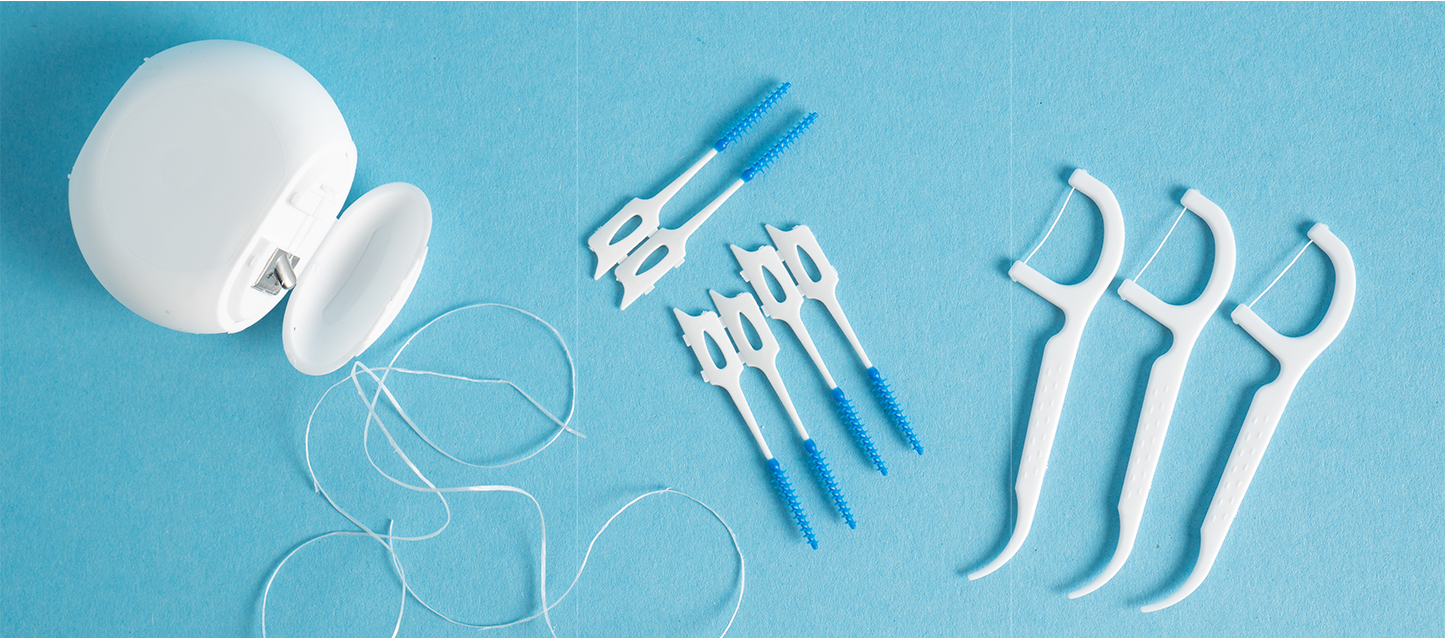Flossing and Oral Cancer

Can flossing lower your risk of getting oral cancer?
|
We’ve all been told to floss daily. It’s an important
oral health habit that promotes a healthy mouth
and body. Yet only 16 percent of Americans
surveyed said they always floss once a day. When
asked why they don’t floss, non-flossers said it
was too time-consuming, painful, or gross. Understanding the relationship between flossing and good health can help keep us motivated. Did you know that poor oral health is linked to some cancers? Or that oral cancer kills roughly one person per hour, 24 hours a day? |
How is oral cancer prevented?
| Researchers compared behaviors of those who developed oral cancer with those that did not. They found that those who did not develop cancer went to the dentist at least once a year and flossed at least once a day. Those who went to the dentist less than once a year nearly doubled their risk of developing non-HPV oral cancer. Additionally, those who didn’t floss daily more than doubled their risk of developing non-HPV oral cancer. |
Three symptoms to look out for

Ulcers
Lasting longer than 3 weeks

Patches
In your mouth that are
red or white

Lumps
That are unusual or swollen
Is it ever too late to start flossing?
No. It’s never too late to start taking care of your oral health. Initially, you may experience sensitivity or bleeding, which is normal. When we don’t regularly practice good oral hygiene practices, plaque builds up between our teeth and on our gums. This plaque is made up of cavity-causing bacteria that irritates the tissue of our mouth. When we floss and brush well, we remove the plaque that has been living there for quite some time. By continuing good oral health habits, your gums will become healthier, free from plaque, and the bleeding and sensitivity will go away.
Three steps to perfect your flossing!

Step 1
Choose the type of floss that works best for you — such as waxed or unwaxed, mint-flavored, dental tape, or pre-threaded flossers

Step 2
For traditional floss, pull 18 to 24 inches of floss from the dispenser and wrap the ends of the floss around your middle fingers on each hand. Then use your index fingers and thumbs to guide the floss between each tooth

Step 3
Hold the floss tightly around each tooth in a C-shape, moving the floss back and forth against the sides of each tooth
 Download PDF
Download PDF











